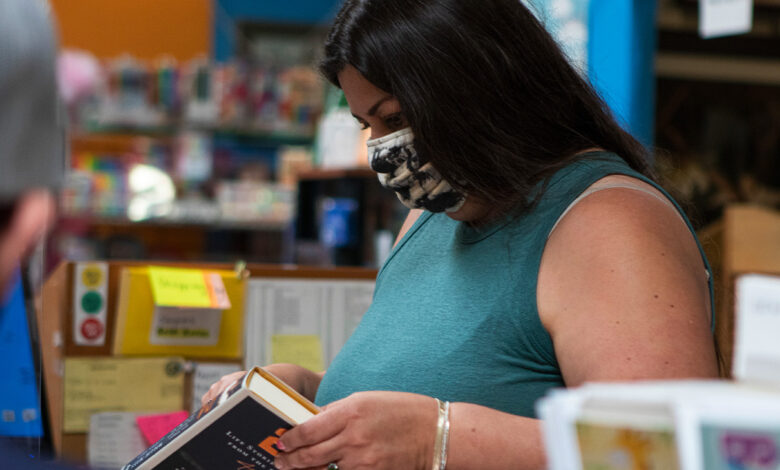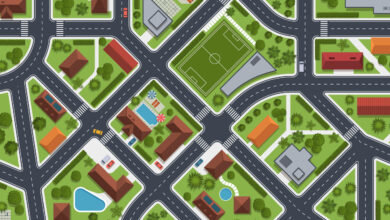
By Eli Walsh
Bay City News Foundation
San Francisco’s recovery from the throes of the COVID-19 pandemic is one of the worst in the country among major metropolitan areas, according to an economic recovery tracker recently launched by the Bay Area Council business group.
Among the 25 largest metro areas in the country by regional gross domestic product, San Francisco’s pandemic recovery ranked 24th on the Regional Economic Recovery Index, besting only Baltimore.
San Jose fared better, but is still in the back half of the ranking at 16th. The Austin, Dallas and Denver metro areas have had the greatest recovery to date, according to the Bay Area Council.
Pandemic recovery was measured via 15 different metrics, including local job growth, population growth, office occupancy, labor force growth, sales tax receipts and the construction of new housing.
San Francisco’s recovery ranking includes data from Oakland and Berkeley, while San Jose’s includes data from Sunnyvale and Santa Clara.
“The Bay Area is competing for its economic future and in any competition it’s critical to know where we stand and where we need to invest time, energy and resources to succeed,” said Jeff Bellisario, the Bay Area Council Economic Institute’s executive director.
The Economic Institute developed the index in partnership with the commercial real estate firm CBRE and its Tech Insights Center.
CBRE has regularly tracked office occupancy in San Francisco throughout the pandemic, finding in a report released last month that roughly 27% of the city’s offices were vacant at the end of 2022.
In addition, permanent remote work skyrocketed in the Bay Area between 2019, when between 5% and 10% of workers in counties across the region self-reported that they worked from home, and 2021, when that number is as high as 46% in San Francisco, according to data from the U.S. Census Bureau’s American Community Survey.
San Francisco also ranked last on the index’s measure of economic activity with a score of just 3.2 out of 100, driven mainly by the city’s sales tax revenue falling $96 million from 2019 to 2021. Washington, D.C., was the next closest region with a score of 12.7.
The stark drop in sales tax receipts and passengers boarding flights — the two metrics tracked for economic activity — has also had a cascading effect as the city and local governmental bodies like transportation agencies all face budget issues.
San Jose and San Francisco scored well in just one category — investment — with the San Jose metro area attracting the most venture capital funding of the 25 measured regions. San Francisco ranked eighth, near Philadelphia and New York.
“Macroeconomic uncertainty in the short-term and new challenges related to remote and hybrid office-based work could slow the usual robust, tech-driven economic rebound the Bay Area expects,” said Colin Yasukochi, the executive director of CBRE’s Tech Insights Center.
“This is especially true for urban downtown areas that could benefit from economic incentives and other public sector support,” he added.
The index report is the first of three the Bay Area Council and CBRE plan to issue in the coming months to track regional pandemic recovery, with the next report scheduled for the second half of 2023.
The recovery index can be found at http://www.bayareaeconomy.org/economic-recovery.
EDITORS PLEASE NOTE: An image related to this story can be obtained from the following Bay City News Service web link: https://www.baycitynews.com/images/BCN-20210615-CALIFORNIAREOPEN-001.JPG
/www/bcn/general/02/newsclip.23.02.28.12.51.01.1.txt
The post S.F. Bay Area Pandemic Recovery Among Worst in U.S. first appeared on Post News Group.



